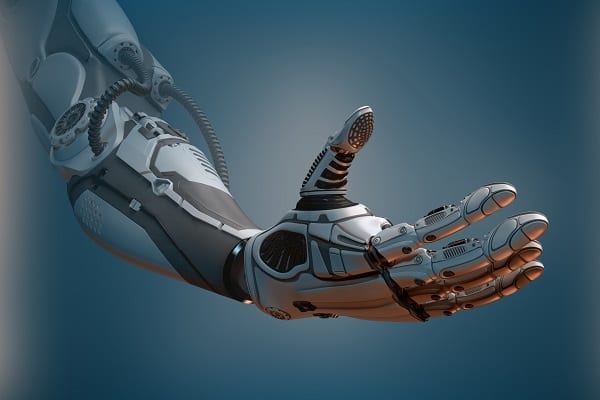
Breaking News
 People Are Waking Up to the Corruption and Lies of the U.S. Government
People Are Waking Up to the Corruption and Lies of the U.S. Government
 Can The Lost Generation Be Found?
Can The Lost Generation Be Found?
 General Flynn Calls For National Address From Trump On Color Revolution Threat
General Flynn Calls For National Address From Trump On Color Revolution Threat
 Episode 487 – The CIA STILL Ships in the Drugs!
Episode 487 – The CIA STILL Ships in the Drugs!
Top Tech News
 First totally synthetic human brain model has been realized
First totally synthetic human brain model has been realized
 Mach-23 potato gun to shoot satellites into space
Mach-23 potato gun to shoot satellites into space
 Blue Origin Will Increase New Glenn Thrust 15-25% and Make Rocket Bigger
Blue Origin Will Increase New Glenn Thrust 15-25% and Make Rocket Bigger
 Pennsylvania Bill – 'Jetsons Act' – Aims To Green-Light Flying Cars
Pennsylvania Bill – 'Jetsons Act' – Aims To Green-Light Flying Cars
 New Gel Regrows Dental Enamel–Which Humans Cannot Do–and Could Revolutionize Tooth Care
New Gel Regrows Dental Enamel–Which Humans Cannot Do–and Could Revolutionize Tooth Care
 Researchers want to drop lab grown brains into video games
Researchers want to drop lab grown brains into video games
 Scientists achieve breakthrough in Quantum satellite uplink
Scientists achieve breakthrough in Quantum satellite uplink
 Blue Origin New Glenn 2 Next Launch and How Many Launches in 2026 and 2027
Blue Origin New Glenn 2 Next Launch and How Many Launches in 2026 and 2027
 China's thorium reactor aims to fuse power and parity
China's thorium reactor aims to fuse power and parity
 Ancient way to create penicillin, a medicine from ancient era
Ancient way to create penicillin, a medicine from ancient era
Bionic arm allows amputees to feel with fake fingers: Prosthetic combines intuitive motor control...

A bionic arm that combined intuitive motor control, touch and grip will allow amputees feel the sensation of feeling objects, its developers claim.
This is the first prosthetic limb that is able to test all key functions of a hand at the same time, and uses a brain-computer interface to trigger the interaction.
Lead investigator Professor Paul Marasco, of the Cleveland Clinic in Ohio, said test subjects felt one of their hands was moving, even though they didn't have a hand, and felt as if their fingers were touching things, even though they had no fingers.
Putting touch, grip and motor control together, worked to trick the senses and brain of the wearer into thinking the prosthetic was a real human hand, Prof Marasco said.
It links to limb nerves which send impulses from the patient's brains to the prosthetic when they want to use or move it, and the arm receives physical information from the environment through sensors, sending it back into the brain through nerves.
The US team started out with a standard-of-care, off the shelf prosthetic arm which was then fitted with their new complex bionic system.
Tests on volunteers found that wearers could move their prosthetic arm more intuitively and feel sensations of touch and movement at the same time.
The two way communication, between brain and arm sensors, allowed the volunteers to perform a range of tasks similar to a non-amputee, they found.
'These findings are an important step towards providing people with amputation with complete restoration of natural arm function,' said Prof Marasco.



